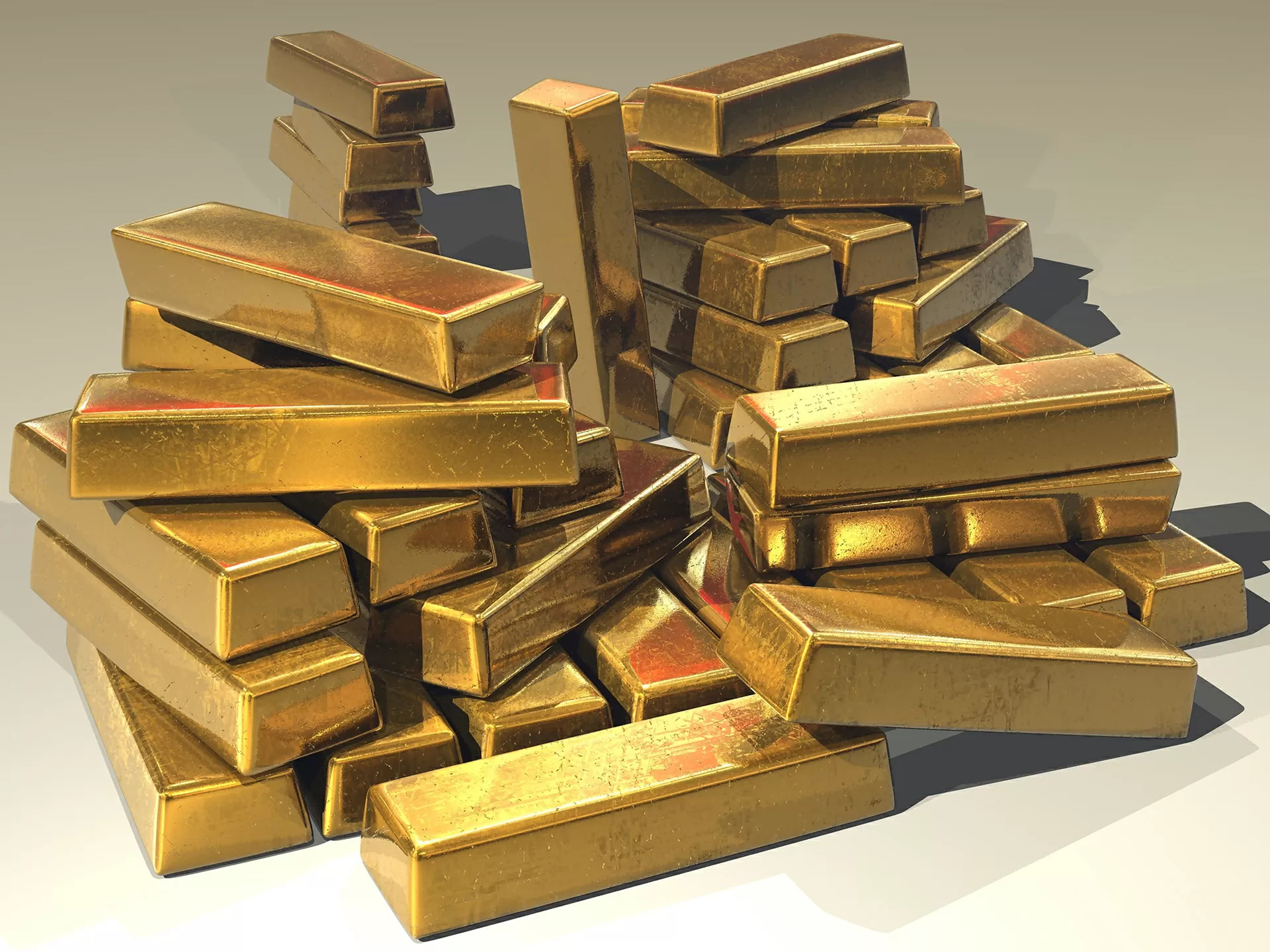Key takeaways
- Financial stresses have translated into gold trading at near-record levels
- Central banks, including China, have added to their gold reserves as they diversify away from dollar assets
- Recession risks and banking turmoil have contributed to recent price rises. Medium term, we see prices supported by falling US real rates and a weakening dollar
- We have raised our gold price target to USD 2,100/oz by the end of 2023 and are using short put options to manage our allocation to the precious metal.
What do the Singaporean, Turkish, and Chinese central banks have in common with jittery investors? Answer, they’ve been buying gold as a haven and diversifier from fears of a recession, a crisis of confidence in banking, and a weakening US dollar. We see this as an indication that economic factors are taking over from financial speculation as the main driver of demand for gold.
Gold has traditionally been presented as a long-term inflation hedge on the expectation that the precious metal retains its buying power over time, and carries no credit risk, even if it does not generate a return. For nearly 14 years, exceptionally accommodative monetary policy, strong consumer spending and financial demand dominated this rationale for buying gold. With central banks having reversed course with higher rates and tightening lending conditions since early 2022, the prospect of peaking real rates, and a weakening US dollar, are now driving prices.
Persistent price pressures and slowing economies worldwide have taken gold prices, adjusted for inflation, to levels in line with past periods of market stress in the early 1980s, the European sovereign debt crisis, and Covid (see chart 1). Since hitting a one-year low of 1,622 per ounce in September 2022, the price of gold has risen by more than 20%. In March 2023, prices were given a boost, taking the rise to 8% year to date, by fears around US banks and the since-discounted prospect of US interest rates peaking sooner than anticipated. In April, gold prices have traded around USD 2,000/oz.
In March, prices were given a boost… by fears around US banks
Prices moderated from April’s highs last week as the St Louis Federal Reserve President, James Bullard, said that the US central bank should keep hiking interest rates to counter America’s persistent inflation. Headline inflation fell once again in March, to 5.0%, from 6.0% the previous month, while a slowdown in new job openings and hourly earnings show the labour market is also starting to tighten. Yet ‘core’ measures of price pressures remain high. That means there is still little reason for the Fed to pause its tightening for now, and we expect another rate rise of 25 basis points at its May meeting, and perhaps an additional hike of the same magnitude in June or July.
Broadly, this scenario suggests that the process towards lower inflation is on course, even if that path means we may see some periods of negative economic growth before the end of the year. Our expectation is that US interest rates will peak at around 5.5% with Consumer Price Index (CPI) around 3% at the end of 2023, and that we will not see the Fed cut rates before early 2024.
High demand
Although nearly three-quarters of global physical demand for gold remains for jewelry, coin or ingots, recent price rises also reflect central banks’ buying, which has been at its highest levels since 2010, according to the World Gold Council. At the end of March 2023, cethe Council reports that central banks had bought a cumulative 140 tonnes of goldChina, the world’s largest producer of the precious metal and holds reserves of more than 2,000 tonnes, added another 58 tonnes since the start of 2023. These were its first increases since 2019, as it diversifies away from US-dollar denominated assets. At the same time, the Turkish central bank has extended a 15-month buying run. Additional buying by ‘unreported’ actors accounted for a large share of 2022’s purchases, according to the World Gold Council, as geopolitical risks added to global demand for the precious metal.
Geopolitical risks added to global demand for the precious metal
Some of the demand for gold is also financial, in the form of investors turning from equities and credit, and doubting the safety of their cash through March’s banking crisis. Inflows into gold exchange traded funds (ETFs), increased in March by USD 1.9 billion. Net speculative positions in gold, calculated by subtracting long from short positions and dividing by futures prices, also jumped in March.
Source: Lombard Odier
Useful Links

